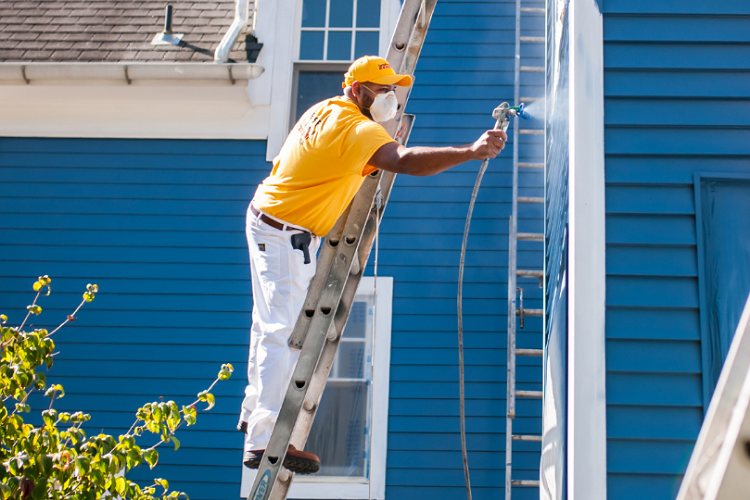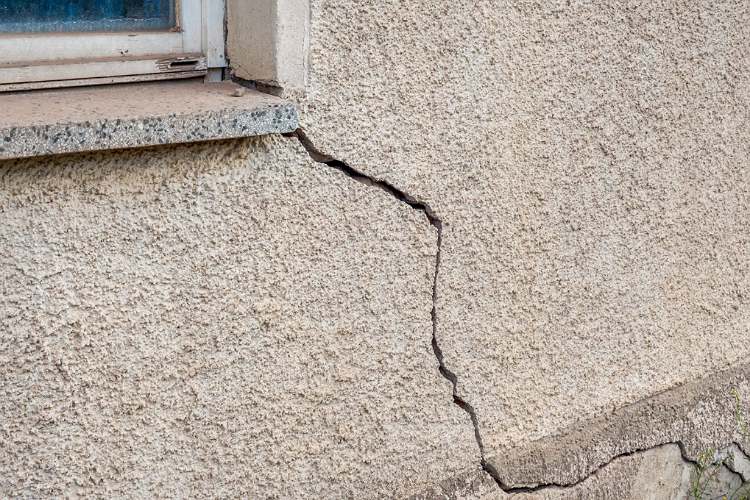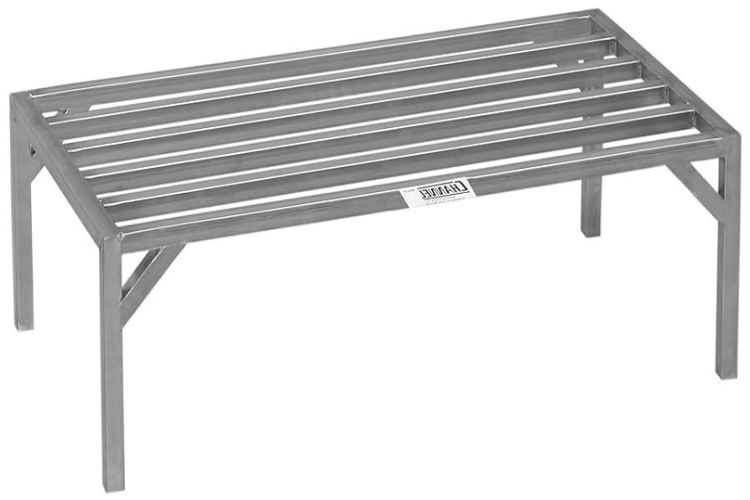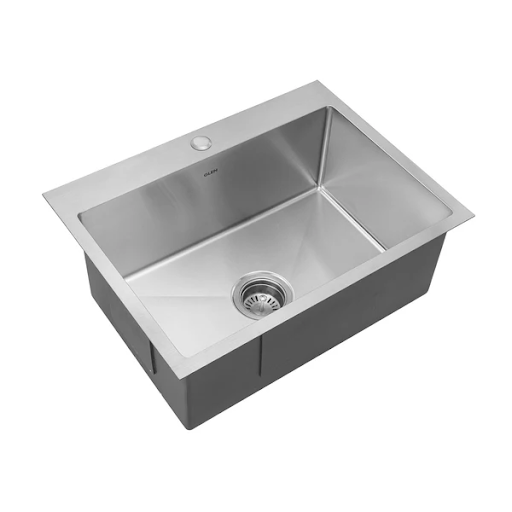Painting is often seen as a straightforward process of applying color, but for homeowners, the real value lies in how the job is done. A painting project affects not just walls but also furniture, flooring, fixtures, and the general comfort of the household. Without proper precautions, the process can leave behind unwanted marks, dust, or even damage that overshadows the fresh finish. Professional painters know that protecting the home during the project is as important as delivering a smooth, vibrant coat of paint. The combination of preparation, care, and thoughtful execution ensures a home remains safe and clean throughout the work.
Preparing the home for protection
Before any paint is applied, preparation is the foundation of protecting a home. Furniture must be moved, covered, or relocated to prevent it from being splattered with paint or dust. Painters typically use drop cloths, plastic sheeting, or canvas covers to shield floors, carpets, and large furniture items. Smaller objects, such as light fixtures and décor, are either removed or carefully wrapped. This step is crucial because paint, once spilled or splattered, is notoriously difficult to remove from certain surfaces. Preparation also extends to walls and ceilings, where painters clean away dust, grime, or old peeling paint to create a smooth surface that supports lasting results. By taking the time to prepare carefully, painters prevent accidents and create a clean environment that allows the paint to adhere properly, ensuring that no part of the home suffers unnecessary damage during the project.
Containing dust and debris
One of the biggest challenges during a painting job is the mess created from sanding, scraping, or repairing surfaces before the new paint is applied. Without proper containment, dust can travel through the house, settling into vents, furniture, or electronics. To prevent this, painters seal off work areas using plastic barriers, painter’s tape, or even temporary partitions to stop particles from spreading. They may also employ vacuum-assisted sanding tools to capture dust directly at the source. These practices not only protect the property but also improve indoor air quality during the project, which is particularly important for families with children or individuals with allergies. For larger projects, painters may even recommend keeping certain areas of the home unused until work is complete to avoid exposure. Many homeowners searching for house painters in Columbus, Ohio, specifically look for contractors who emphasize dust control because it ensures comfort and cleanliness throughout the painting process.
Safeguarding flooring and surfaces
Floors are among the most vulnerable areas during a painting project, and painters dedicate significant attention to keeping them safe. Hardwood, tile, and carpet can all be permanently stained if paint drips are not caught in time. Drop cloths made from durable canvas are often placed strategically to provide protection and prevent slipping hazards. Painters also secure these coverings to ensure they do not shift during work. In addition to floors, baseboards, trim, and cabinetry, these areas are shielded with painter’s tape or protective film to avoid accidental smudges. Even doorknobs, handles, and railings may be wrapped in plastic or taped over to maintain their original condition. These protective steps are crucial because they enable painters to concentrate on applying smooth, even coats of paint without worrying about stray drips or smears. When finished, the coverings are carefully removed, leaving the surfaces beneath clean, intact, and free of paint damage.
Protecting exterior spaces
Exterior painting requires a different approach, but it still carries the same need for protection. Home exteriors often have landscaping, patios, walkways, and windows that need shielding from paint spray or drips. Painters take measures such as covering shrubs and flower beds with breathable tarps, which protect plants while still allowing airflow. Driveways and sidewalks are covered to prevent overspray, especially when using sprayers for large surfaces. Windows and doors are taped to avoid streaks or accidental coatings on glass. Exterior furniture, grills, and other outdoor items are either moved or wrapped for storage. These protective efforts demonstrate that painting is not confined to walls alone but involves safeguarding the entire property. A thorough exterior job ensures that, once the project is complete, homeowners enjoy a refreshed façade without unintended damage to their outdoor spaces, thereby preserving both curb appeal and property value.
Safety measures during the process
Another aspect of protecting a home during painting is ensuring overall safety. Paint projects often involve ladders, scaffolding, and extension poles, all of which carry risks if not handled properly. Professional painters take precautions to stabilize ladders, secure scaffolding, and keep pathways clear of obstructions. Safety extends to the household as well, with painters setting boundaries to keep children and pets away from work zones. Ventilation is also carefully considered when using paints or primers that release fumes, ensuring windows are open or fans are used to maintain safe air quality. Protective gear, such as gloves, masks, and goggles, is worn to prevent injuries or contamination. These measures ensure that the painting project proceeds smoothly without endangering either the workers or the residents. Safety planning is an invisible but vital layer of home protection that underscores the importance of professionalism throughout the entire painting process.
Cleaning and restoring the space
When the painting is complete, protecting a home means leaving it in the same or better condition than before. Cleanup involves removing protective coverings, carefully pulling up painter’s tape, and vacuuming or sweeping any dust or debris left behind. Painters also check for any stray drips or smudges, wiping them away to ensure the final product is flawless. Brushes, rollers, and other tools are promptly removed from the home to prevent clutter, while furniture and fixtures are carefully repositioned in their original locations. A thorough cleanup reinforces the quality of the job and allows homeowners to immediately enjoy the refreshed look of their space without the burden of post-project mess. This step is more than just tidying; it reflects respect for the property and the effort to ensure the painting project enhances the home without leaving any disruptions behind. Clean, restored spaces help highlight the transformation that new paint brings.
Protecting a home during a painting project requires careful planning, protective techniques, and a commitment to detail. From preparation and dust containment to safeguarding floors, exteriors, and ensuring safety, painters take deliberate steps to minimize risks and maintain cleanliness. Each stage of the process reflects a balance between achieving an aesthetic transformation and preserving the property’s integrity. By handling both visible and invisible details, painters provide homeowners with confidence that their investment is protected throughout the project. The result is not only a vibrant new look but also the assurance that the home itself has been respected and cared for at every step. With thoughtful execution, painting becomes a process that beautifies and protects simultaneously, leaving homeowners with spaces that feel refreshed, secure, and well-maintained.





